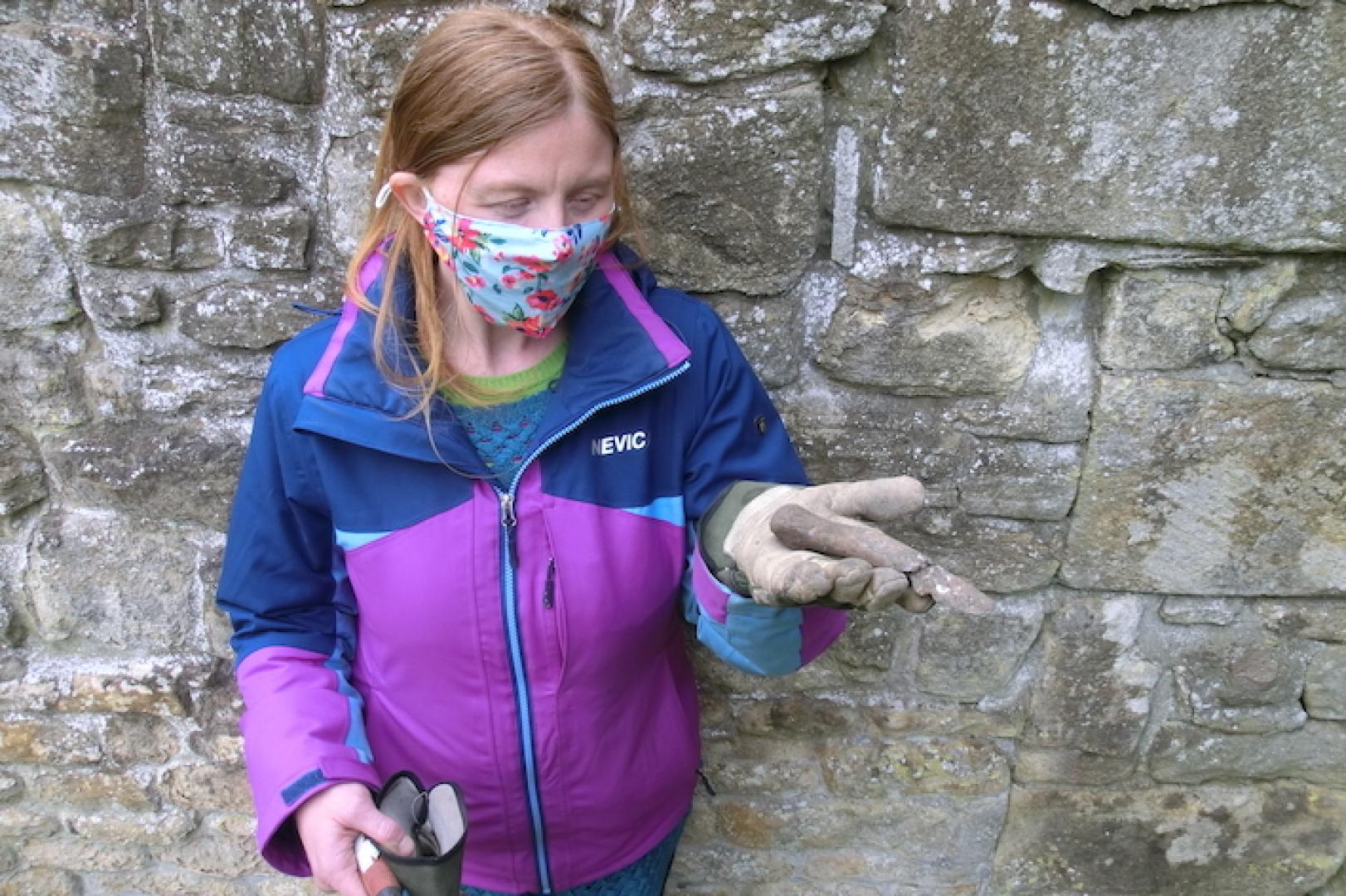ARCHAEOLOGICAL remains that could shed more light on a Teesdale village’s origins as a Viking settlement have been unearthed at a building plot.
Green Man Archaeology was surprised to discover extensive remains of dry-stone structures at a development in Boldron as they undertook an archaeological dig as part of a condition of planning consent.
It is the second time in a year the team has carried out digs in the village on building plots adjacent to the village green.
Last May they uncovered a wealth of pottery fragments and remains of stone walls, suggesting a head dyke marking the end of the village.
Now 11 months on they have discovered more complex dry-stone structures on the adjacent building plot.
As well a significant amount of pottery and evidence of food processing being the main activity at the site has been found.
Leanne Gray, from Green Man Archaeology, said: “Most of the pottery seems to be post-medieval, but some suggests an earlier date in the medieval period. And the earlier structures do tick some boxes for medieval or even Viking architecture. But most activity on the site seems to be post-medieval.”
Boldron is said to mean “bull clearing” in old Norse and lies less than half a mile from the road that leads to Stainmore, which according to legend was the location where Viking king Eric the Bloodaxe met his death.
Other evidence of a Viking presence in the area includes the name Thorsgill Beck, used for the stream in the parish and the alternate name of the village well after another Viking king, Athelstan.
Ms Gray added a large amount of animal bones were recovered and, surprisingly, for a village in the Pennines, 40 miles from the coast, the inhabitants of the site enjoyed shellfish in their diet, as traces of oyster, mussel and cockle have also been dug up.
The most impressive find was a bone-handled knife, although it is somewhat crude with the tang of the blade simply jammed into the cavity of a long bone.
Archaeologist Paul Crane, said: “The complex of dry-stone structures was remarkable, with not one discrete feature on the site, something very unusual. All of the structures onsite have some contact or relationship with another structure, like the strands in a spider’s web.
“There isn’t a single one that stands alone. And being all dry-stone there could be an age difference of centuries between touching structures or even between alterations to the same structure.”
A geophysical survey in 2013 on the village green, organised by Boldron History Group, showed no indication of any further settlement to the east. Much of the inter-linking stone remains point to the 18th or 19th century, but stone remained beneath them.
Ms Gray believes this could be from even older buildings including massive stone flagstones, some measuring a metre across.
ADVERTISEMENT
Unearthed remains hint at Viking village
ADVERTISEMENT
ADVERTISEMENT
ADVERTISEMENT







